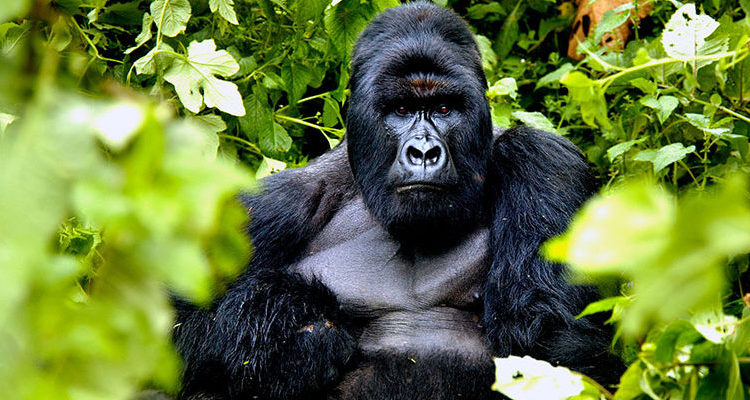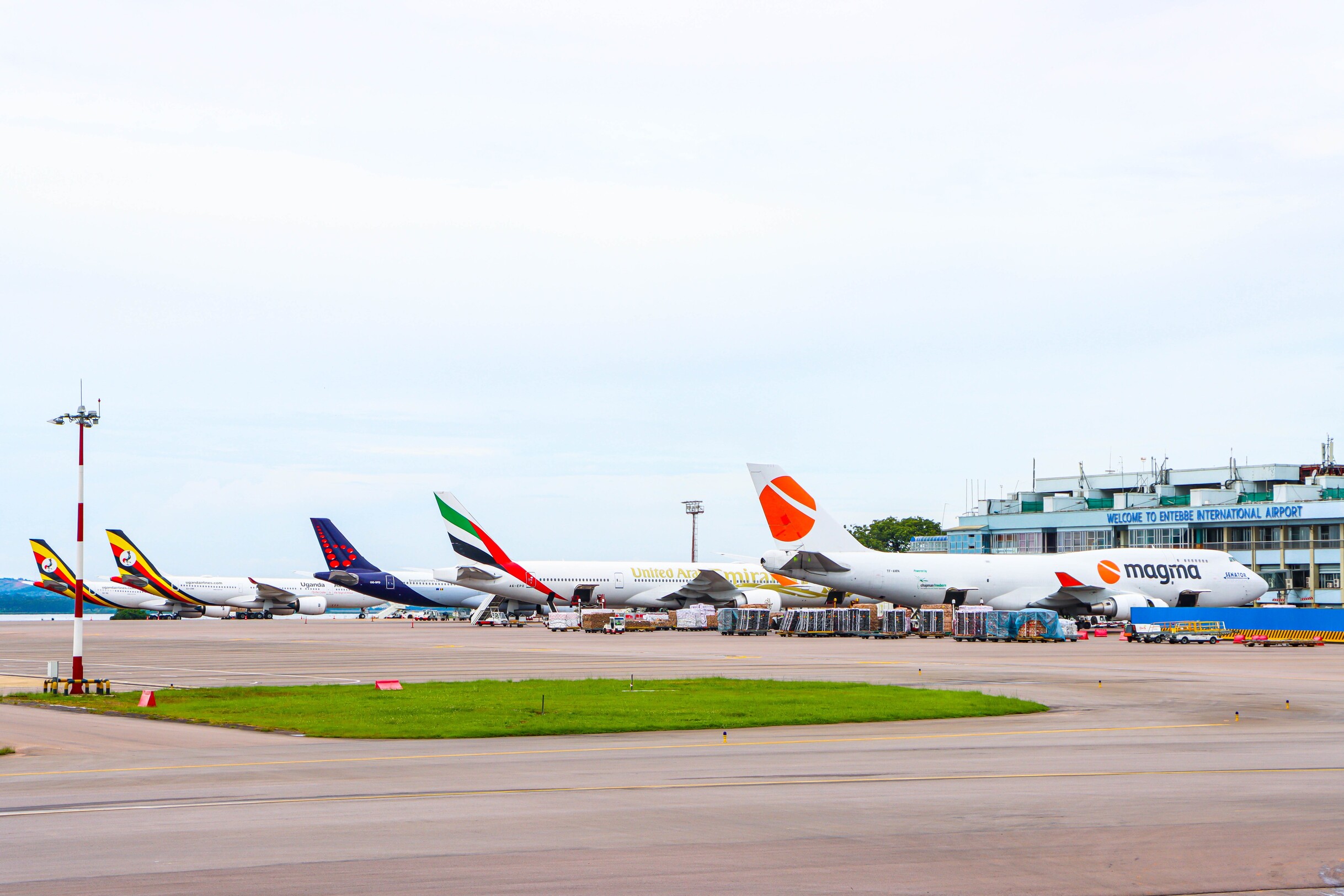
10 facts about Uganda
10 facts about Uganda : There is so much to know about Uganda before visiting the country and below is some information about the country
- Ugandan Currency
The currency which is used for transactions around Uganda is the Uganda shilling (UGX) and it is issued by the Bank of Uganda.
The Uganda shilling is in different denominations of coins and notes which include the 100 shillings coin, 200 shillings coin, 500 shillings coin and 1000 shillings coin. The 1000 shillings of Ugandan currency is also in a note.
Other denominations of Uganda shillings in form of notes include 2000 shillings note, 5000 shillings note, 10000 shillings note, 20000 shillings note and 50000 shillings note.
- Official language
The official language which is used in Uganda is English. However many other languages are commonly spoken around the country including Luganda around central region and Swahili is also spoken by Ugandans.
Many other tribes exist in Uganda which has over 56 tribes and the country is also known for its diversity. Tourists during their tours around the country can interact with these different tribes and get to know more about their culture and way of life.
- Climate of Uganda
Uganda experiences tropical climate and also equatorial climate in different parts of the country. There are two dry seasons and two rainy seasons experiences during the year in the country.
The dry season in Uganda is experienced during the months of June, July, August and September and also around October, December, January and February. This time of the year is considered the best time to visit the country for safaris.
The rainy season in Uganda on the other hand is experienced around March, April and May as well as in November. During this time of the year, fewer tourists visit the country for safari.
- Longest river in the world
Uganda is also where the longest river in the world can be found and this is the Nile River which flows in different parts of the country.
Along the River Nile in Uganda, many activities are carried out including boat rides, bungee jumping, white water rafting, kayaking, tubing, horse riding among other activities.
There are many other rivers and lakes which can be visited during tours around Uganda and they include Lake Victoria, Lake Bunyonyi, Lake Kyoga, Lake George, Lake Edward, Lake Katwe among others found in different parts of the country.
- Half the world’s population of mountain gorillas
Uganda is also home to half the world’s population of mountain gorillas which can be seen in destinations which include Bwindi national park and also Mgahinga gorilla national park.
The mountain gorillas in Uganda can be visited during gorilla trekking and gorilla habituation experiences around the country. The cost of visiting the gorillas in Uganda is 800 USD for gorilla trekking permits and 1500 USD for gorilla habituation permits.
There are many other primates which can be seen when visiting Uganda including golden monkeys, chimpanzees, black and white colobus monkeys, red tailed monkeys, vervet monkeys, olive baboons, L’hoest monkeys among others.
- Bordering countries
Uganda is a landlocked country which is bordered by different countries including Kenya to the east, Sudan to the north, Democratic Republic of Congo to the west, Rwanda and Tanzania to the south.
Tourists visiting Uganda can also engage in tours across other countries which are found in East Africa by flight or by crossing using the land borders which include Cyanika border (Uganda-Rwanda border), Gatuna border (Uganda-Rwanda border), Bunagana border (Uganda-Congo border), Busia border (Uganda-Kenya border), Mutukula border (Uganda-Tanzania border), Nimule border (Uganda-Sudan border).
- Capital city
The capital city of Uganda is Kampala city which is located in the central region of the country which can be visited during city tours.
Kampala city is located on seven hills which include Kololo hill, Nakasero hill, Namirembe hill, Makerere hill, Old Kampala hill, Rubaga hill, and Kibuli hill.
The city is known for its vibrant nightlife, numerous restaurants, bars, and clubs catering to different taste and Kampala city is known for its lively music scene. When visiting he restaurants in the city, tourists can try our local food such as matooke and luwombo among others.
- 10 facts about Uganda : Entebbe airport
Entebbe International Airport is the main international airport which is used when visiting Uganda and it is located in Entebbe a town situated on the shores of Lake Victoria.
The Entebbe International Airport is a hub for both domestic flights and international flights. Tourists visiting Uganda can fly from Entebbe to destinations around the country by booking scheduled or charter domestic flights.

Uganda’s airport is operated by the Uganda Civil Aviation Authority (UCAA).
- 10 facts about Uganda : 10 national parks of Uganda
There are 10 national parks found in different parts of Uganda and they include Bwindi national park which is home of the gorillas, Kibale national park which is home of chimpanzees, Queen Elizabeth national park which is the second largest national park and home of tree climbing lions in the country, Kidepo valley national park which is one of the remote safari parks of the country, Lake Mburo national park which is one of the smallest national parks in the country.
Other national parks to visit during tours in Uganda include Semuliki national park which is famous for the Sempaya hot springs, Murchison falls national park which is the oldest national park also known for the powerful waterfalls, Rwenzori mountains national park famous for hiking, Mount Elgon national park in eastern Uganda, Mgahinga national park which is home to golden monkeys and mountain gorillas.
- 10 facts about Uganda : 12 wildlife reserves
Uganda also has different wildlife reserves found around the country which include Pian Upe wildlife reserve, Karuma wildlife reserve, Ajai wildlife reserve, Kabwoya wildlife reserve, Bokora corridor wildlife reserve, Bugungu wildlife reserve, Katonga wildlife reserve, Kigezi wildlife reserve, Kyambura wildlife reserve, Matheniko wildlife reserve, East Madi wildlife reserve, Toro Semuliki wildlife reserve.
Many wildlife species can be seen in the wildlife reserves around Uganda which also make up part of some national parks in the country.


